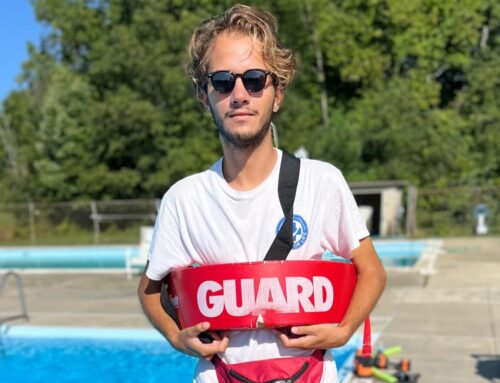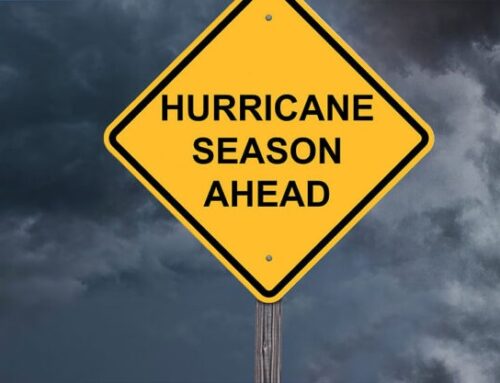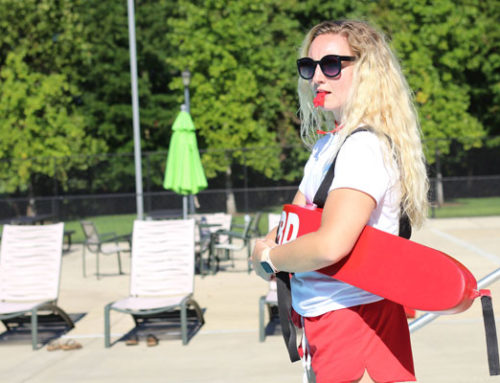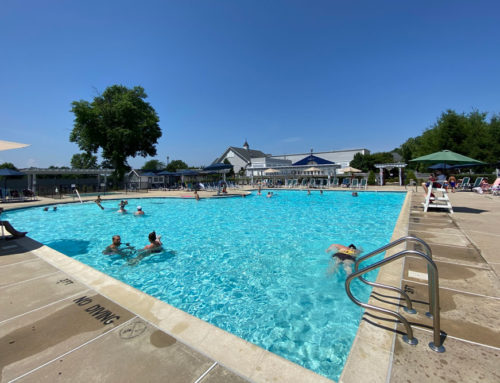
Rain ruins your guests’s fun and grinds afternoon pool trips to a halt. A light rain isn’t too bad, but one downpour could wreck your pool chemistry and make it more difficult to maintain your pool.
The hardest part about dealing with rainwater is preventing it from entering your pool, and remembering to take care of it when it does. Heavy rains are definitely a short-term nuisance, but they’re also a long-term danger to your pool area’s health and appearance. Heavy rains left unchecked could cost thousands in repairs, force closures, and damage your pool’s reputation. Here’s why.
Why Does Rainwater Harm Pool Chemistry?
1. Acidity
Rainwater usually has a pH of 7.0, which is already slightly more acidic than the ideal pool water pH of 7.4–7.6. But rainwater’s pH is only 7.0 in theory because it naturally forms carbonic acid once it falls from the clouds and reacts with the atmosphere. Rain can turn even more acidic from fossil-fuel air pollutants like sulfur dioxide and nitrogen oxide emitted by automobile exhaust, and from organic contaminants like spores and dirt.
One heavy rain is all it takes to throw off your pool’s chemistry by unbalancing the pool water’s pH and making it slightly more acidic. This additional acidity and nitrogen provide a breeding ground for algae that will turn your pool green. None of your pool goers want to swim in a green pool — it’s a murky reflection of unsanitary conditions. But the cost of algae removal ranges in the hundreds, and could cost more if the algae and acid combination damage or stain your pool’s plaster or vinyl finish.
So, technically, rainwater is pure — but rest assured it won’t be by the time it reaches your pool.
2. Improper Drainage Around the Pool
There are dozens, if not hundreds, of discussions online from pool owners wondering why there’s so much dirt and debris in their pool.
Hard rains leave dirty, untreated runoff water from slopes and even roof gutters flowing into your pool. This contributes to an unbalanced pH, but can also include other complications like:
- Increased calcium hardness
- Total dissolved solids (TDS) and organic matter like dirt and leaves
- Decreased alkalinity
The more contaminants in the water, the higher the demand for chlorine to sanitize your pool. Again, it’s no easy task to keep your pool’s chemistry balanced when you’re constantly readjusting chemistry levels.
3. Overflow
Heavy rains can leave the water level in your pool so high that the skimmers won’t work. Skimmers and gutters excel at filtering out floating waste, but are useless if there’s too much water in the pool.
Flooding is easily one of the least manageable outcomes of a heavy rain, so prevention is exponentially important to mitigate damage to your equipment. Water submersion will completely ruin pool pumps and heaters.
How to Handle Rainwater Around Your Pool Area
Unless you have a fully retractable safety cover, a pool cover likely won’t help you keep rainwater out.
The biggest factor in keeping rainwater out of your pool is prevention, and that all begins with the surrounding landscape. Runoff can’t get into your pool if it never has a clear path. That’s why the surrounding landscape should carry a slight gradient down and away from the pool deck, about ¼” of decline for every foot of the pool’s length.
Deck drains and rooftop gutter systems should be kept clean and free of debris so when the storms come, they don’t backup and result in runoff entering the pool. Consider incorporating river rock at the perimeter of landscape to help keep mulch and other organic debris from washing out in heavy rain and traveling into the pool like a muddy river.
Opening the wastewater drain installed after the pool pump will help lower the water level after heavy rains. You may also consider stationing your equipment pad on an elevated, sturdy surface if you live in an area susceptible to flooding. Otherwise, you will need to create a contingency plan to protect your pumps and heaters should a flood occur.
Still, rainstorms will happen, regardless of how much landscape prep you do. It’s incredibly important to stay on top of your regular pool maintenance and upkeep after a big storm. Our blog already has a step-by-step guide on post-rain maintenance, so keep that resource handy the next time you need it.
But you can also keep us in mind if you need more hands-on help. Our pool maintenance team has seen it all: green pools, pools with too much water, pools with too many leaves and twigs — even pools where there’s not a pool at all anymore! Give us a call or contact us on our website if your pool is having drainage issues or chemistry problems due to heavy rainfall.





